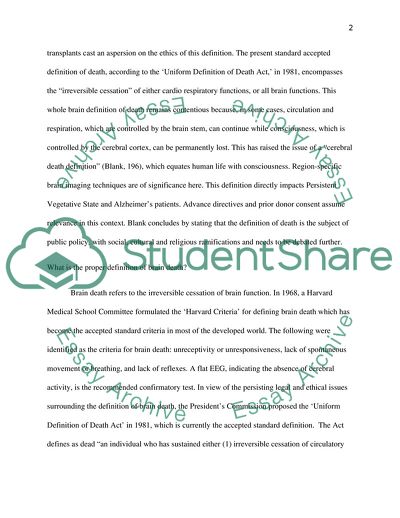Cite this document
(Brain Death Term Paper Example | Topics and Well Written Essays - 2750 words - 1, n.d.)
Brain Death Term Paper Example | Topics and Well Written Essays - 2750 words - 1. https://studentshare.org/medical-science/1714878-term-paper
Brain Death Term Paper Example | Topics and Well Written Essays - 2750 words - 1. https://studentshare.org/medical-science/1714878-term-paper
(Brain Death Term Paper Example | Topics and Well Written Essays - 2750 Words - 1)
Brain Death Term Paper Example | Topics and Well Written Essays - 2750 Words - 1. https://studentshare.org/medical-science/1714878-term-paper.
Brain Death Term Paper Example | Topics and Well Written Essays - 2750 Words - 1. https://studentshare.org/medical-science/1714878-term-paper.
“Brain Death Term Paper Example | Topics and Well Written Essays - 2750 Words - 1”. https://studentshare.org/medical-science/1714878-term-paper.


